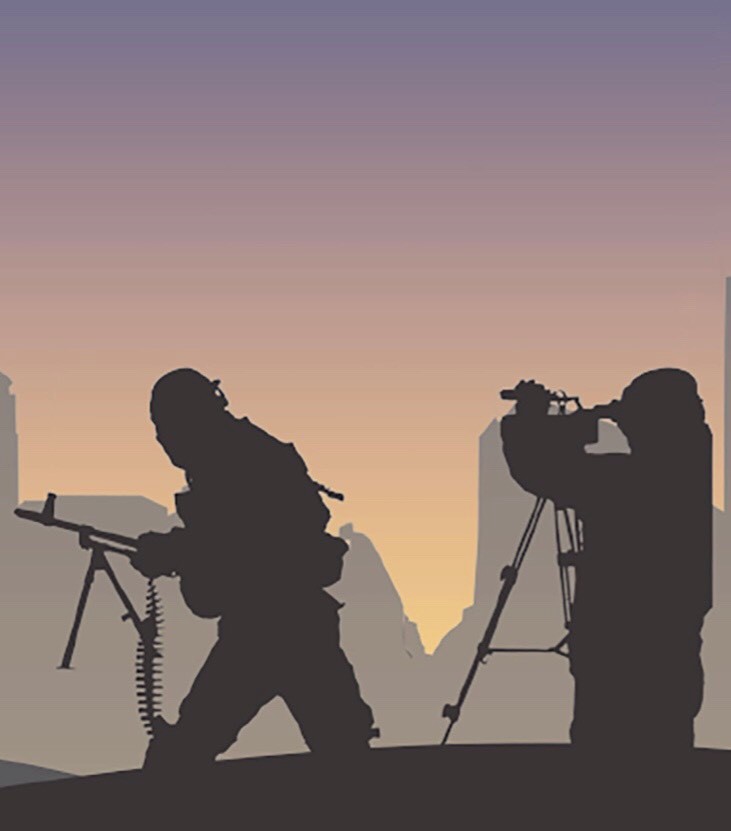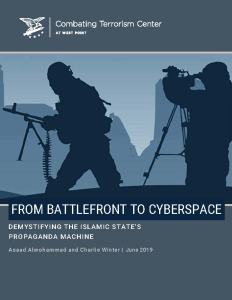
This report offers a unique contribution to the literature by examining the Islamic State’s production, dissemination, and evaluation of propaganda in the months running up to its territorial collapse. Utilizing a range of materials collected in eastern Syria during the first nine months of 2018, namely audio-visual records and interviews, the authors inspected the administrative structure undergirding the group’s Central Media Directorate.
Key responsibilities of this entity included interdepartmental oversight and monitoring, as well as media production and distribution. Focusing primarily on infrastructure concerning security and production, the study examines how the Islamic State cultivated a high degree of operational security, fluidity, and effectiveness. By assessing these trends during a period of existential external and internal pressure, the report demonstrates how the group ensured the continuance of its influence operations.
Beyond highlighting the utility of its guiding methodology and the operational value of its findings, this investigation enabled the authors to outline how the Islamic State might traverse the post-proto-state phase of its history. Among other things, the report draws attention to the increasing ascendency of diwan al-amn al-‘am (Directorate of General Security), especially regarding its role in instilling operational opacity, maintaining archives, and managing personnel.
Taken altogether, the findings show how the Islamic State sought to navigate through critical trade-offs, such as efficiency and security, particularly in the context of its media operations.
 Skip to content
Skip to content

